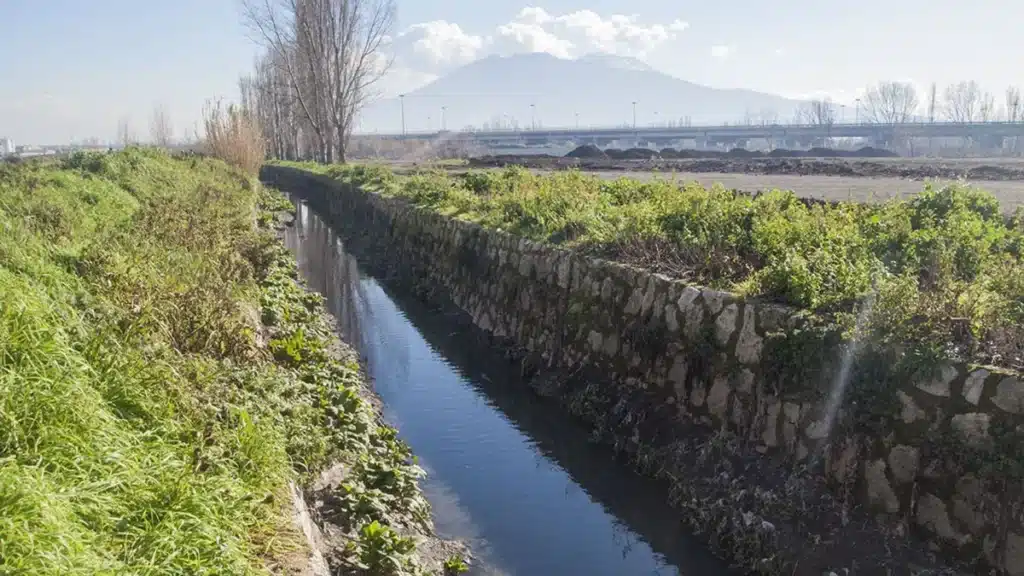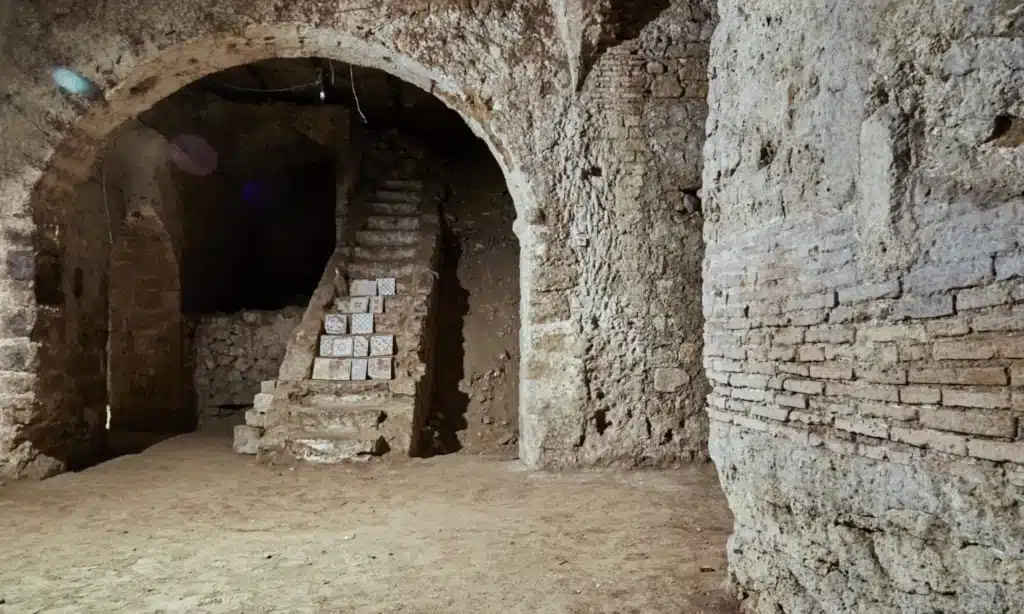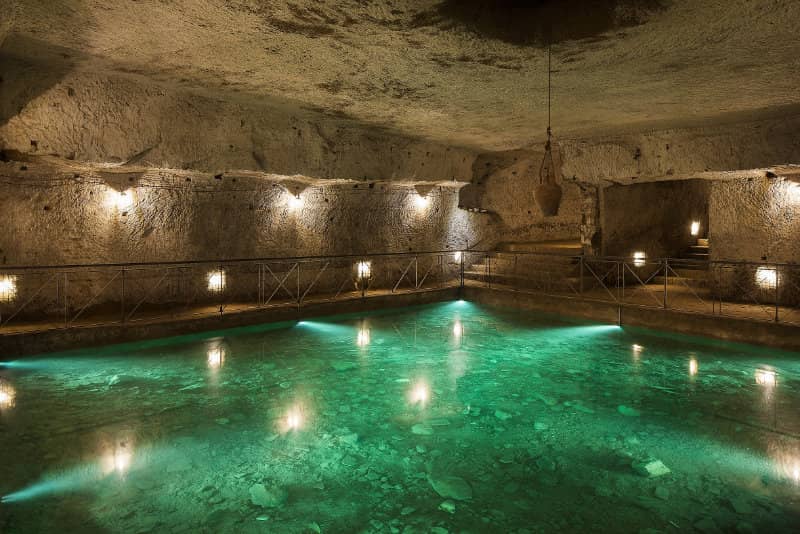The search for solutions to climate change reveals an unsuspected ally that I know very closely. The great Luciano De Crescenzo said “Naples is the last hope for humanity”. Perhaps you should take this sentence literally.
Cool City Project, the cooling atlas starts in Naples
A joint team of Italian and American students is trying to create a census and a map of the ancient aqueducts and water systems of the city of Naples with LIDAR laser scanning. The goal is to understand how this model can defend modern cities from global warming. The project is called Cool City Project, and here you can find out more.
Interviewed by NBC News, Nick DePace (architect and professor at the Rhode Island School of Design) recalls that Naples is also called "the town of the Sun". This is not a positive thing, in this case:
It is a densely populated city in an area facing geothermal warming. And in an era of climate change.
He's right. Modestly, we do not miss anything.
Coping with high temperatures
The ancient Romans were at the forefront in many sectors: urban planning was no exception, including that relating to aqueducts and water systems.
From this very important network, Naples has inherited various structures and waterways that are still present today.
“That water is not waste,” says De Pace. “If we could keep it in an underground network without directing it into the sewer system, it would be the perfect cooling system.”
And it would not be bad to start from Naples, which has always had some difficulties in coping with high temperatures, given some important infrastructural deficiencies. By the middle of this century, estimates say the city will experience two or three months of extreme heat every year.

What heat!
Naples once again as a paradigm of the planet. Today's cities are particularly at risk of extreme heat due to a phenomenon known as the "urban heat island effect." An urban heat island is a metropolitan or urban area that is much hotter than nearby rural areas due to human activity.
The main cause? It is the increase in temperature on the ground, due to heat stagnation and the reflection of solar rays "trapped" in the dense texture of buildings and urban structures.
The difference in temperature is typically more noticeable when the winds are weaker, and is greater at night than during the day. A terrible circumstance, because it strikes people in a moment of great vulnerability, making victims as it passes.

Naples for us
Cool City Project look at the subsoil of Naples. A womb that has hosted, throughout history, rivers of water and people (persecuted Christians, families fleeing the plague, citizens sheltered from bombings).
From these entrails the seed of a future can sprout in which heat is only a good thing, like a coffee served with a smile. Allow a poetic thought!


